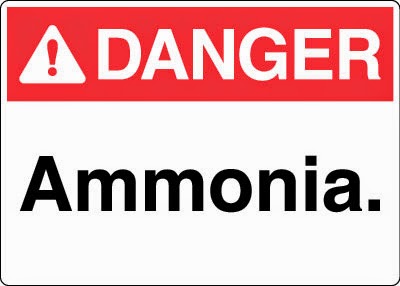 I would like to discuss a case that I recently saw in renal consult. He was a man in his 60s with history of end stage liver disease who received a liver transplant. His hospital course was complicated by anuric ATN and liver graft failure. As a result, he was started on dialysis on post-operative day 0. Dialysis was stopped on post-op day 2 due to recovering renal function. On post-op day 3 he became encephalopathic. His ammonia level was elevated to 337 and did not improve with conventional therapy with lactulose/rifaximin. The question was whether to start dialysis or not in spite of his recovering renal function.
I would like to discuss a case that I recently saw in renal consult. He was a man in his 60s with history of end stage liver disease who received a liver transplant. His hospital course was complicated by anuric ATN and liver graft failure. As a result, he was started on dialysis on post-operative day 0. Dialysis was stopped on post-op day 2 due to recovering renal function. On post-op day 3 he became encephalopathic. His ammonia level was elevated to 337 and did not improve with conventional therapy with lactulose/rifaximin. The question was whether to start dialysis or not in spite of his recovering renal function.Causes: The urea cycle in the liver in which ammonia gets converted to urea is responsible for excretion of waste nitrogen. Hyperammonemia in newborns is most commonly associated with inherited disorders of amino acid and organic acid metabolism. Causes in adults include Reye’s syndrome, liver failure, sepsis especially infections with urea splitting organisms, high dose chemotherapy, drugs (salicyclates, valproate), gastrointestinal bleeding, multiple myeloma, parenteral nutrition and late onset of urea cycle defects. The latter usually presents with episodic encephalopathy precipitated by metabolic stressors like infection, anesthesia or pregnancy.
Clinical features: Hyperammonemia can be life threatening and if persistent can lead to irreversible neuronal damage. It leads to cerebral edema causing progressive encephalopathy. Respiratory alkalosis is common due to central hyperventilation. Severe hyperammonemia can also cause seizures. An MRI brain is usually consistent with hypoxic ischemic encephalopathy
When to start dialysis? There are no published guidelines for when to initiate dialysis in a patient with hyperammonemia due to urea cycle defects. It is commonly indicated if the ammonia blood level is greater than three to four times the upper limit of normal or greater than 200 micromoles/L. Continuous hemodialysis is started with higher flow rates and is the most effective treatment in rapidly reducing ammonia levels. Even though ammonia is osmotically active, the rapid removal of ammonia is not associated with disequilibrium syndrome mainly due to two reasons: First, there is a rapid equilibration of ammonia across the cell membrane. Secondly, the total amount in the blood, even in severe hyperammonemia, is only about 200 micromoles. This contributes less than 1 mosm per liter to total osmolality and therefore, even if it were all removed at once, the change in osmolality is too small to make cause disequilibrium. Contrast this with ammonia levels in the urine which are typically in the millimolar range.
The question remains whether to start dialysis in the setting of acute severe hyperammonemia (levels > 200 micromoles/L) and encephalopathy in adults with liver failure and normal kidney function. I was not able to find any literature on it and would like to know what the practice in other institutions is? I believe since severe hyperammonemia can lead to irreversible brain damage, dialysis should be instituted. See this previous post concerning hyperammonemia in individuals with myeloma.
Posted by Silvi Shah














2 comments:
I have managed a few cases of acute Hyperammonemia after lung transplant. We published a case series of 3 such cases with details on dialysis modalities and dosages for the same. We were able to conclude regarding our center experience and after reviewing the current literature were able to come up with some suggestions of how to treat this life threatening condition.
I have attached a link for the article. let me know if there are any questions.
http://www.ncbi.nlm.nih.gov/pubmed/23998793
Today I was looking for some information on this subject and found this CJASN review:
Gupta S, Fenves AZ, Hootkins R. The Role of RRT in Hyperammonemic Patients.
Clin J Am Soc Nephrol. 2016 Oct 7;11(10):1872-1878. doi: 10.2215/CJN.01320216.
Epub 2016 May 19. Review. PubMed PMID: 27197910
Post a Comment